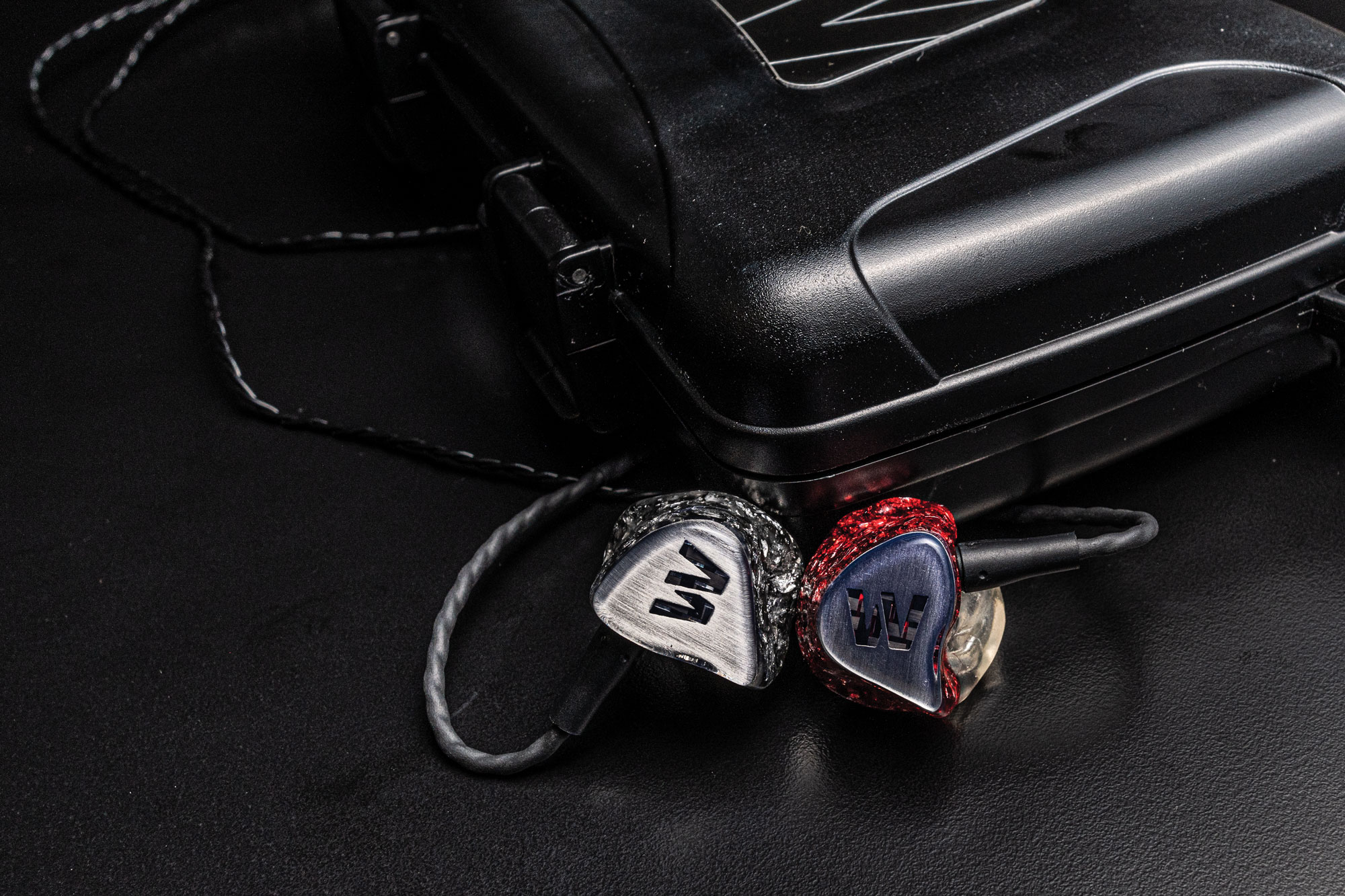You can feel the anticipation the moment the lights go down. The musicians step out and the crowd goes wild. And the band—whether it’s Van Halen or Phantogram—is buzzing with energy, too. Not with noise and incredibly loud stage volume, but with the sound of Westone’s In-Ear-Monitors (IEM).
Westone Laboratories is the largest manufacturer of custom-fit earpieces in the world. Their flagship custom-fit ES80 IEM ensure artists and music lovers get the sound and fidelity they want. It all started because a pair of twins obsessed with music made it happen. “We were the first company to put a completely closed earpiece together with a speaker in it that sounded good,” says Karl Cartwright, who works in R&D at Westone with his brother Kris. The Cartwrights started seriously working on IEM solutions in 1990, when the production manager for Rush and Def Leppard approached them about solving some technical problems both bands were having; the earpieces many bands wore at the time weren’t cutting it. Westone designed an acoustically isolating, custom-fit solution.
A few years later they stepped in to problem-solve for the drummer of Van Halen, too. “He was having problems with the non-occluding monitors he was using. They had to compete with stage volume and, to be able to hear his mix, he had to turn the earpieces up so loud they kept blowing up.” Based on this initial work, Karl and Kris were able to go on and develop a full line of custom in-ear monitors and earphones, not only for musicians, but for music lovers, too. “We gained a reputation as being problem-solvers,” Karl says, adding that the company grew from about a dozen employees when he and his brother started to more than 200 today.
Five Design Details
1. Craftsmanship
Westone dates back to 1959, when Ron Morgan made custom-fit hearing aid earpieces on his kitchen table. Today the earphones are assembled by artisans and lab technicians in Colorado Springs. They’re cast, sculpted, and polished by hand from actual impressions of customers’ ears. Every one is as different as the person it’s made for.
2. ES80
The flagship in the Westone line of in-ear monitors (IEMs) is the Elite Series ES80, which takes advantage of years of experience designing and manufacturing products for the human ear. The ES80 delivers reference level audio, as it features eight balanced-armature drivers.
3. Aesthetics
Westone’s earpiece shells are manufactured using a cold-poured acrylic process that allows for a thicker acoustic enclosure and makes them more durable. The in-ear monitors can be duplicated to capture any look—translucent to see the speakers or more decorative with metal flake or even Jackson Pollock–reminiscent paint splatter.
4. Flex Canal
“We also use a body-temperature reactive material for the canal portion of every earpiece, which becomes flexible when it warms up, to provide increased comfort and a better acoustic seal,” Kris says. The body temperature reactive material provides increased comfort and acoustic seal.
5. The Best Fit
“When we first started at Westone making hearing instruments earpieces we kept track of how many pieces we made. We stopped counting at a quarter of a million each,” Karl says. Those countless impressions were stored and used as expert knowledge to then create Westone’s first universal-fit and custom-fit music products. “What’s important to us is that our products sound incredible and fit really, really well.”
This article originally appeared in the Fall/Winter 2019 issue of Sixtysix with the headline “Westone Laboratories.” Subscribe today.
PRODUCTION CREDITS
Produced by Studio Sixtysix
Words by Laura Rote
Photo by Chris Force
Studio Sixtysix is the in-house creative agency to Sixtysix magazine. Studio Sixtysix stories are conceived, produced, and edited by Studio Sixtysix.



